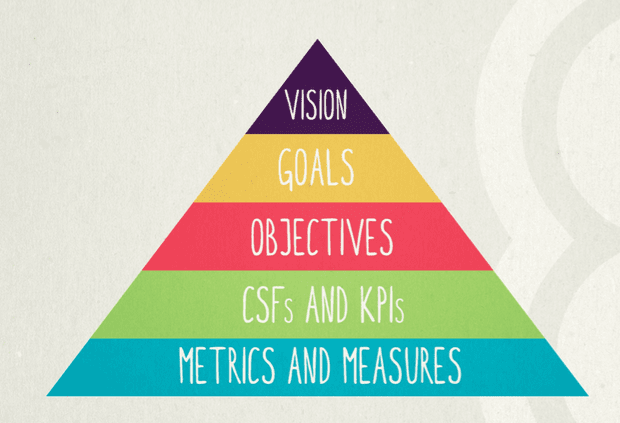Is your marketing automation set up to upsell as well as focus on ROI?
Everything your business does should focus on surpassing your revenue goal. Are you really doing enough to reach that point?
Smart digital marketing doesn’t just sell products; it convinces customers to add to their purchases through accessories or higher quality (and incidentally, higher priced) items. This is a tactic known in e-commerce as the upsell.
Upsells are highly useful for attaining business goals. They help with revenue, obviously but they can accomplish a much more worthy task than that: namely, securing the loyal customer.
When you sell a customer a core product, he or she usually makes the purchase based on factors other than your brand. Maybe the purchase occurred because the item had the best price, or you offered free shipping. That single purchase doesn’t create a loyal customer by itself.
Arranging an upsell, on the other hand, raises the odds that you’ve secured a loyal customer. The shopper sees your company as one that offers continued additional value to an already great product. That’s the reason popular service sites are loaded with upsells.
A Cautionary Tale
Securing the upsell is worthwhile, but you’ll face some hurdles along the way. Assuring a shopper that your additional product fulfills some kind of need that was previously unmet isn’t easy, and doesn’t necessarily turn out as you plan.
One of the biggest hurdles you’ll face is the potential for negative churn, a term used to refer to the number of people who cancel memberships or don’t return for repeat purchases. If your upsells are too loud and obnoxious, this can drive up your churn rate.
This isn’t a new concept. Pushing customers too hard, too quickly, has always resulted in negative relations between businesses and consumers. Given the right balance of subtle posting and problem solving, however, there’s no need to be concerned about the way your upsells might affect customers.
Now that you’re aware of the risks of upselling, take a look at some of the ways companies land the upsell on their pages. These are some of the tried and true strategies.
Make It Solve a Problem (Even If the Client Didn’t Know There Was One)
The ability to solve a problem is the lifeblood of any upsell. Customers won’t buy a product unless they really need it or believe they will. Helping customers to perceive the value of a product lies primarily in the wording you use to promote it.
Here’s an example. Consider a boating site that offers core products for serious boaters, but includes a series of upsells, such as cookware.
If a visitor is thinking about core boating equipment, cookware might not make the list, but an informative blog post can shift people’s attention to potential add-ons, as in this example upsell blog post. If your customer doesn’t readily see the need for the additional product, make it clear.
Set Clear Goals
In any good sales strategy, you’ll find a list of clearly defined goals linked to business objectives. Upselling is just a different level of sale. Setting clear goals gives you something to measure along the way; it reveals the impact of your upsells, revenue stages, sales velocity, and other key metrics. You can use the data you collect to improve your sales strategies in the future.

Develop Trusting Relationships with Customers
Of course, you want customers to believe they need the extra product you’re offering, but that comes more readily after you’ve built a certain amount of trust. You earned a little trust already when the customer made the initial purchase, but you can increase that by making sure he or she won’t end up feeling cheated.
Upselling is built around providing products that aren’t core to the plan -- that is, the customer’s immediate need -- but that doesn’t mean you can’t appeal to the “want” side of the equation. It’s all about striking a balance with a soft sell that doesn’t push but offers a great deal on something useful.
You can increase the trust you’ve built with customers through such things as incentive programs, special pricing, and exclusive offers.
Look for Ways to Automate the Upselling Process
A lot of energy and time can go into the upselling process. Fortunately, automation can be harnessed to do much of the grunt work.
There are many forms of automation tools, but you’ll primarily go to your current marketing tactics. Through targeted emails and opt-in widgets, you can target your existing customers with special offers and deals.
When a customer makes a purchase, for example, it can be followed immediately by a confirmation email and a soft guidance toward further upsells. Automation is a promising tool for the present and future of the upsell.

Thanks to Larry Alton for sharing his advice and opinions in this post. Larry is an independent business consultant specializing in social media trends, business, and entrepreneurship. Follow him on
Twitter and
LinkedIn.




 Thanks to Larry Alton for sharing his advice and opinions in this post. Larry is an independent business consultant specializing in social media trends, business, and entrepreneurship. Follow him on
Thanks to Larry Alton for sharing his advice and opinions in this post. Larry is an independent business consultant specializing in social media trends, business, and entrepreneurship. Follow him on 



